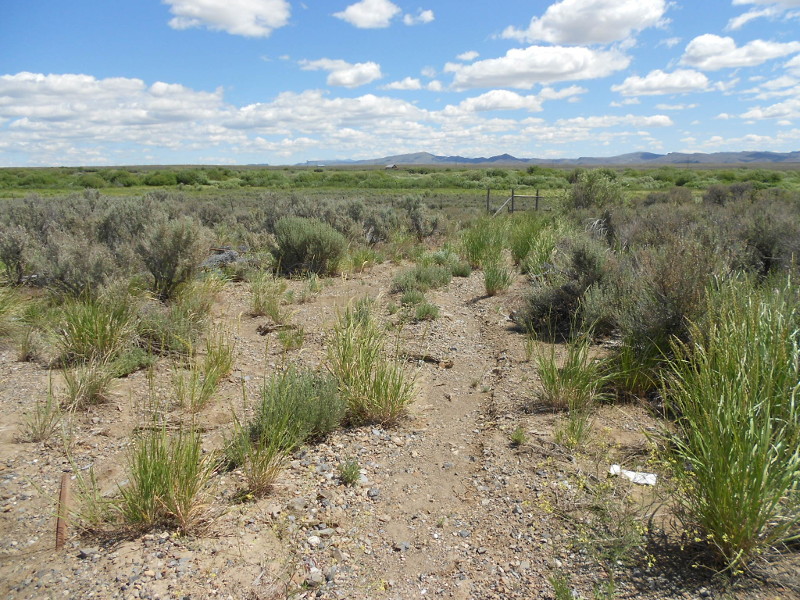-
Ecologists have determined that landscape edges—boundaries separating one type from another—have higher biological diversity and productivity than do the areas on either side of them. These transition zones are important to animals: mammals, birds, reptiles, insects, and fish. In terrestrial ecosystems edges are found between woodlands and grasslands and between forests and meadows. In aquatic ecosystems the edges are stream and river banks and pond and lake shores; the edges separating aquatic and terrestrial ecosystems are called riparian zones.
-
Water is found everywhere on Earth and is one of the most basic and common substances. It is the only natural substance that exists in all three physical states: solid, liquid, and gas. While most water is found in the oceans there is constant exchange of water between the oceans, atmosphere, and land. These complex exchanges are described by the hydrologic cycle. This document focuses on precipitation and surface water flows to and in streams and rivers and the management of excess precipitation runoff to comply with the federal Clean Water Act (CWA).
-
Everyone recognizes that environmental data have spatial attributes. We are all familiar with GIS-produced maps showing where data were collected in relation to each other and to other variables. However, maps do not provide a critical requirement to objectively make operational decisions, justify environmental policies and regulations, or help finders of fact in litigation reach sound decisions. What maps lack is the quantitative description of patterns and relationships that reflect underlying environmental processes.
-
There are many animal species whose population numbers bring them to the attention of resource agencies and others; e.g., Greater sage-grouse, Oregon spotted frog, Lahontan cutthroat trout. Some of these species are listed under the ESA, others are not; in both cases accurate estimates of population size and limiting factors are critical for informed policy and management decisions. Correctly measuring population size and the factors affecting it is not always obvious because of the data formats and mathematical formulation of the statistical models.
-
There are many plant and animal species considered to be threatened, endangered, or of special concern to regulators and the public. Correctly estimating population sizes, relationship to habitats, and potential effects of anthropomorphic activities is crucial to making informed policy and regulatory decisions. Download the PDF.
-
Staying ahead of climate change
Categories: Estimated reading time: 2 minutes
Understanding that complying with all your environmental permit conditions shows regulators that you comply with environmental statutes does not protect you from challenges and litigation is a necessary foundation for sustaining your operations. Permit compliance conditions are minimal and do not reflect the effects of the changing climate on your operations and the environments in which it set. This blog post addresses storm water discharge; NEPA, ESA, TSCA and others have the same needs but a broader scope. -
Most industrial operations discharge storm water into a receiving water body from a single point of discharge from the permitted area. The water leaving the site will have many chemical constituents, some of which are considered to be pollutants (or contaminants) by statute. States differ in their water quality standards, but all require permit compliance monitoring. How the reported results are analyzed can make a huge difference to the permit holder’s operations.
-
Sustainability metrics
Categories: How to measure sustainability comes up frequently in conversations among mining professionals. Questions asked include what protocol or algorithm should be used, and what measures should to be included. A lot of serious thought has been given this subject by experienced and insightful environmental managers. Yet there is still discomfort that the lists of measures or the procedure to be used may not be “correct.” Download the PDF. -
There Is No Sound Science
Categories: Estimated reading time: 2 minutes
There is no scientific criterion for soundness. The term, sound science, reportedly was created in the 1980s by tobacco industry lobbyists trying to prevent regulation of second-hand smoke. Since then the term has been used by governments, industry groups, and environmental NGOs. The term too often is interpreted as meaning data supporting a particular position on an issue. This is highly unfortunate because there is a real need to use valid scientific data and analyses as a basis for policy or regulatory decisions. -
This paper addresses turbidity, temperature, and the reasonable potential analysis for toxic pollutants from the perspective of science rather than from that of statutes or regulations. Turbidity and temperature are physical characteristics of waterbodies, but the reasonable probability analysis is not such a characteristic. Regardless, for all three concerns it is important for those in the regulated community to understand what each is, how it is measured, and why it is part of the regulatory environment.

